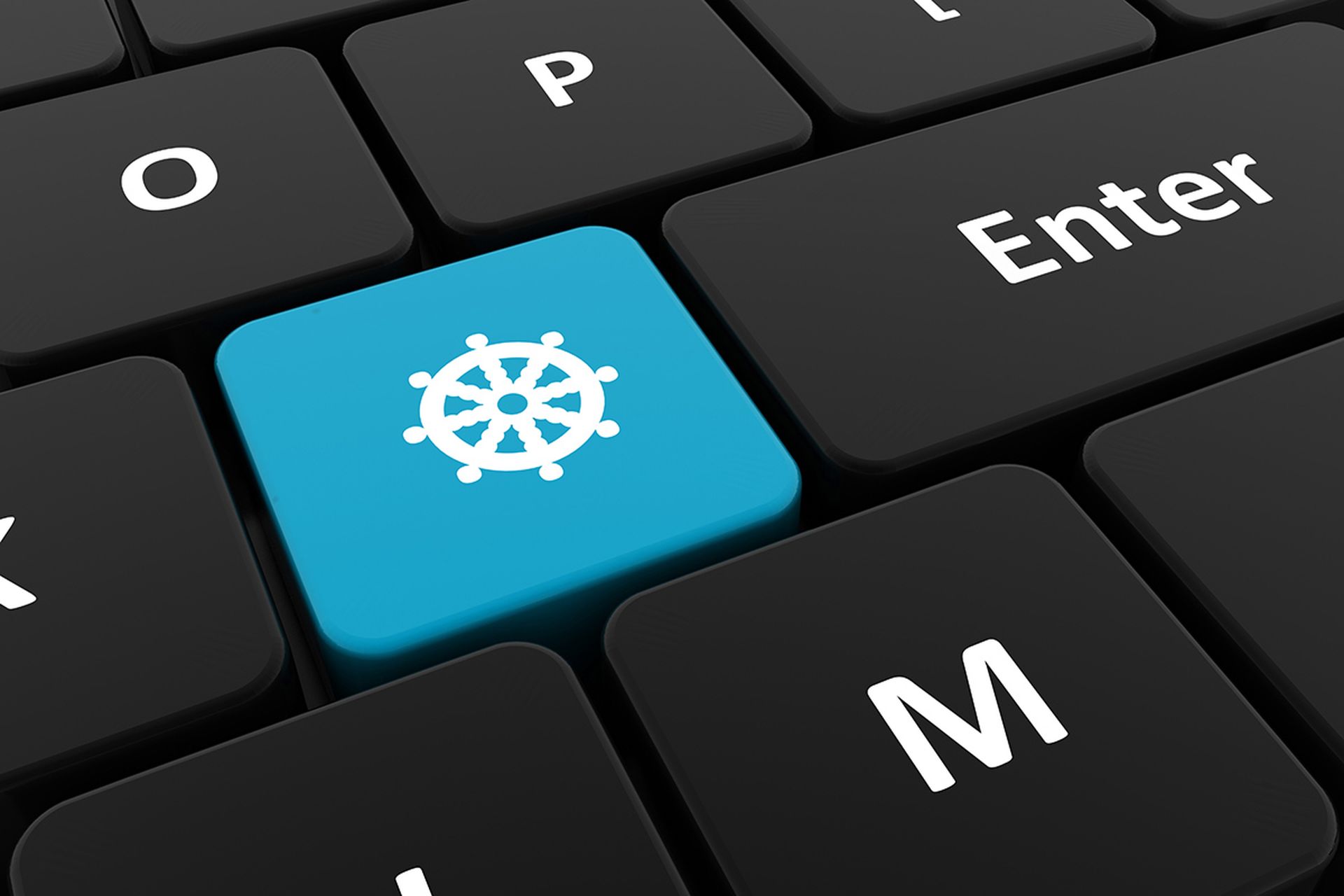In the ever-evolving landscape of cybersecurity, the roles of Chief Security Officers (CSOs), Chief Information Security Officers (CISOs), and Chief Information Officers (CIOs) are like captains steering a ship through treacherous waters. Executive decisions impact the safety, stability, and success of the organization. But what happens when navigational charts are unclear or cyber risks lie hidden like naval mines?
This article considers the critical importance of clarity for CSOs, CISOs, and CIOs. We draw parallels between their roles and the metaphorical ship’s journey, emphasizing the need for a unified approach to endpoint management — a compass and map — to avoid cyber obstacles.
The Changing Landscape: CSO vs. CISO vs. CIO
The CSO Role
Traditionally, the Chief Security Officer (CSO) has been responsible for physical security, risk management, and crisis response. Their focus extends beyond technology to encompass personnel, facilities, and organizational resilience. However, as the digital realm expands, the CSO’s role evolves. They must now navigate the cyber currents, ensuring security strategies align with business objectives.
The Shifting CISO Role
The Chief Information Security Officer (CISO) faces a dynamic environment. Their primary mission is to safeguard digital assets, data, and systems. Yet, the CISO’s role comprises more than firewalls and antivirus software these days. It encompasses risk assessment, compliance, incident response, and strategic planning. As cyber threats surge, the CISO must steer the ship toward resilience and adaptability.
A new breed of CIO
Many organizations — especially SMEs are choosing to combine navigation, operations and defense under a single CIO master of the fleet. There are undeniable advantages, but strong chain of command is critical to making sure vulnerabilities are constantly kept in check.
The Importance of Clarity
Imagine a ship sailing through foggy waters. Without clear visibility, the crew relies on instruments — the compass and map — to stay on course. Similarly, CSOs, CISOs, and CIOs need clarity to make informed decisions. Here’s why:
- Risk Mitigation: Clarity enables risk assessment. When the seas are murky, CIOs, CSOs and CISOs must identify vulnerabilities, assess their impact, and prioritize defenses. A unified endpoint management solution acts as their compass, providing real-time insights into device health, vulnerabilities, and compliance gaps.
- Compliance Navigation: Compliance frameworks resemble intricate maps. CIOs, CSOs and CISOs must interpret them accurately to avoid regulatory shoals. A unified endpoint management solution serves as their map, guiding them through the labyrinth of standards — GDPR, HIPAA, ISO 27001, and more. It ensures devices adhere to policies, reducing compliance risks.
- Visibility Across the Fleet: Just as a captain needs visibility across the entire fleet, IT and security leaders require holistic visibility into endpoints — laptops, mobile devices, servers, and IoT devices. Unified endpoint management consolidates this view, allowing proactive threat detection, patch management, and policy enforcement.
Unified Endpoint Management: Compass and Map
Unified Endpoint Management (UEM) unifies device management, security, and compliance. It combines features like device discovery, vulnerability scanning, patch management, and policy enforcement. Let’s liken UEM to our metaphorical compass and map:
A compass to steer the ship safely in the right direction to lower risk:
- Direction: UEM points CIOs, CSOs and CISOs toward security and compliance goals.
- Real-Time Insights: Like a compass needle, UEM provides continuous visibility into endpoints.
- Risk Assessment: It alerts when devices deviate from the desired course (policies).
- Adaptability: UEM adjusts to changing conditions — new threats, regulations, or device types.
A map to identify hazards and ensure safe passage to compliance:
- Guidance: UEM maps the compliance landscape, highlighting safe routes.
- Policy Enforcement: It ensures adherence to policies across the fleet.
- Patch Routes: UEM identifies vulnerabilities and patches them promptly.
- Navigational Aid: Just as a map prevents ships from straying, UEM keeps endpoints on track.
Conclusion
Regardless of who steers the ship in your organization, your CSO, CISO, and CIO need clarity — the compass to set direction and the map to navigate. The Unified Endpoint Management solution is their trusted guide, helping them avoid hidden reefs, regulatory storms, and compliance icebergs. So, let’s hoist the sails, align our compass, and chart a course toward cyber resilience and compliance.
Remember: In the digital seas, clarity isn’t a luxury — it’s the lifeline that keeps the ship afloat.
Discover how the leaders stack up and get a complimentary copy of the 2024 GigaOm Radar Report for Unified Endpoint Management solutions.
Fair winds and secure voyages!




